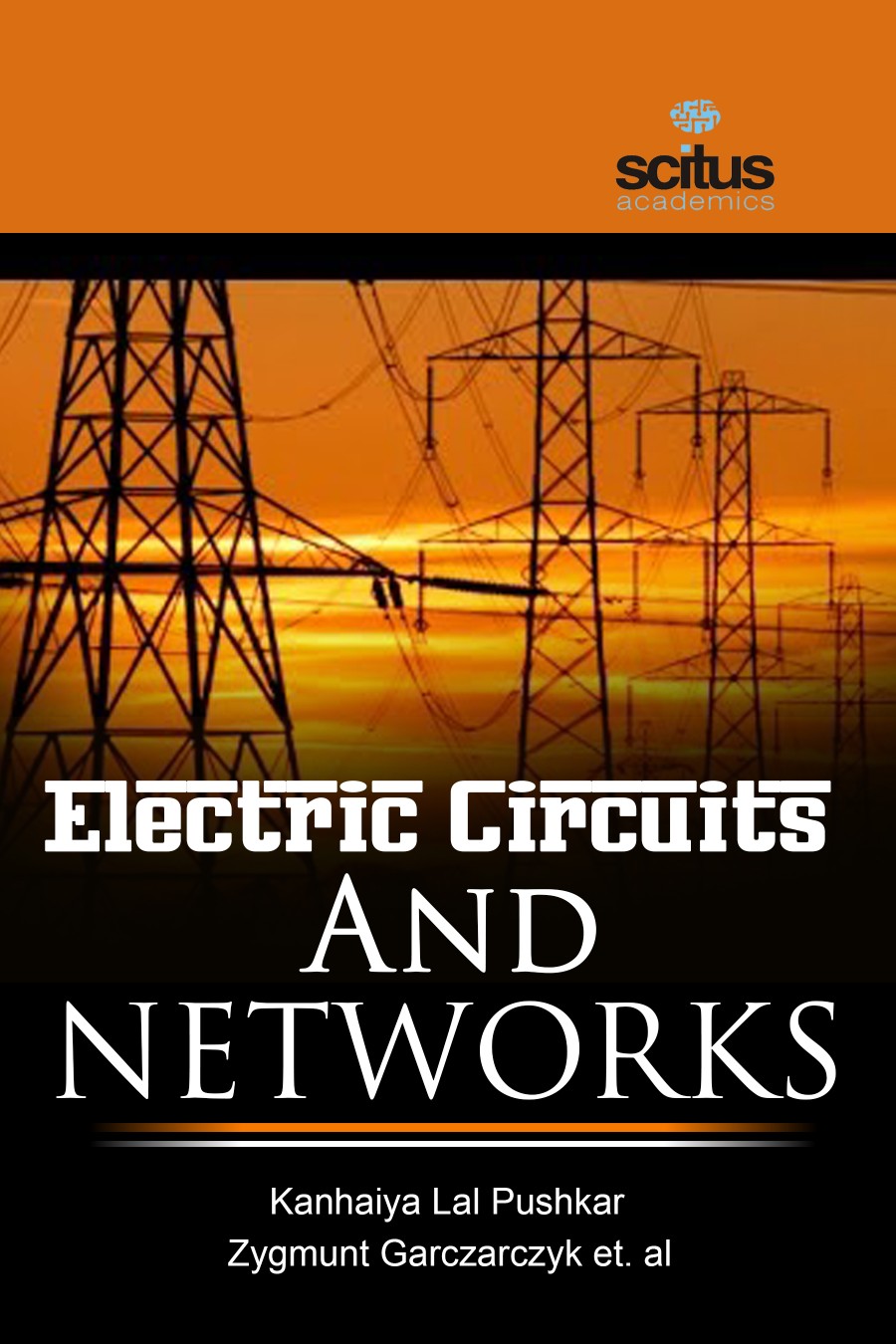A circuit is an unbroken loop of conductive material that allows electrons to flow through continuously without beginning or end. If a circuit is “broken,” that means its conductive elements no longer form a complete path, and continuous electron flow cannot occur in it. In electrical engineering, we are often interested in communicating or transferring energy from one point to another. To do this requires an interconnection of electrical devices. Such interconnection is referred to as an electric circuit, and each component of the circuit is known as an element. Electric circuit theory and electromagnetic theory are the two fundamental theories upon which all branches of electrical engineering are built. Many branches of electrical engineering, such as power, electric machines, control, electronics, communications, and instrumentation, are based on electric circuit theory. The evolution of electrical transmission and distribution systems in recent years into something smarter has been conceptualized as the smart grid, which can be seen as a program for making the grid more secure, economical, efficient, resilient and sustainable in the long run under challenging scenarios. In order to assess the potential of smart grid innovations models of various complexity and scale need to be designed and tested under multiple scenarios. Some of the cross-domain processes and mechanisms that could be modeled include dynamic response of demand to price signals, transmission pricing and congestion management, technology adoption under subsidized regimes, active network management under high penetration of distributed generation (DG), market reforms and new trading strategies.
Electric Circuits And Networks devotes material to practical applications of the concepts covered in Fundamentals of Electric circuits. Circuits to help the reader apply the concepts to real-life situations are described. Dealing with electrical circuits that involve active electrical components such as vacuum tubes, transistors, diodes and integrated circuits, and associated passive interconnection technologies, provides theoretical and practical issues to advance the understanding of phenomena related to all aspects of study and application of electricity, electronics and electromagnetism. It is very important for any circuit to dissipate low power. As the low power dissipation circuits are most popular now a days when the scaling of the circuit increases the leakage power also increases rapidly in the circuit. So, for decreasing these kinds of leakages and to provide a better power efficiency many types of power gating techniques are also covered.













